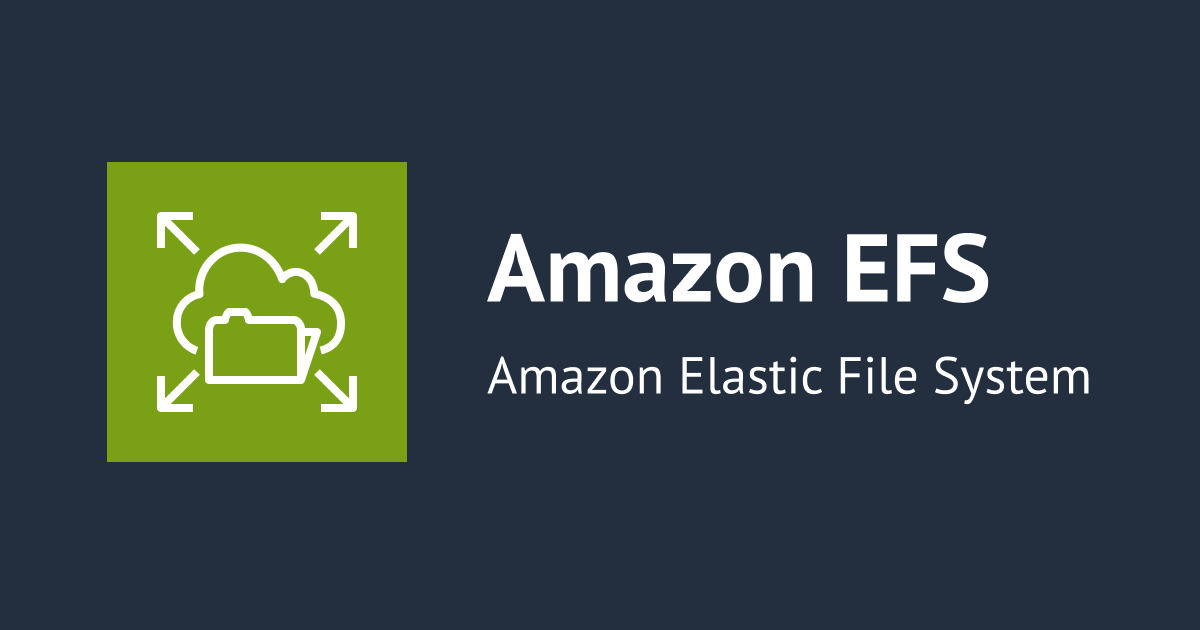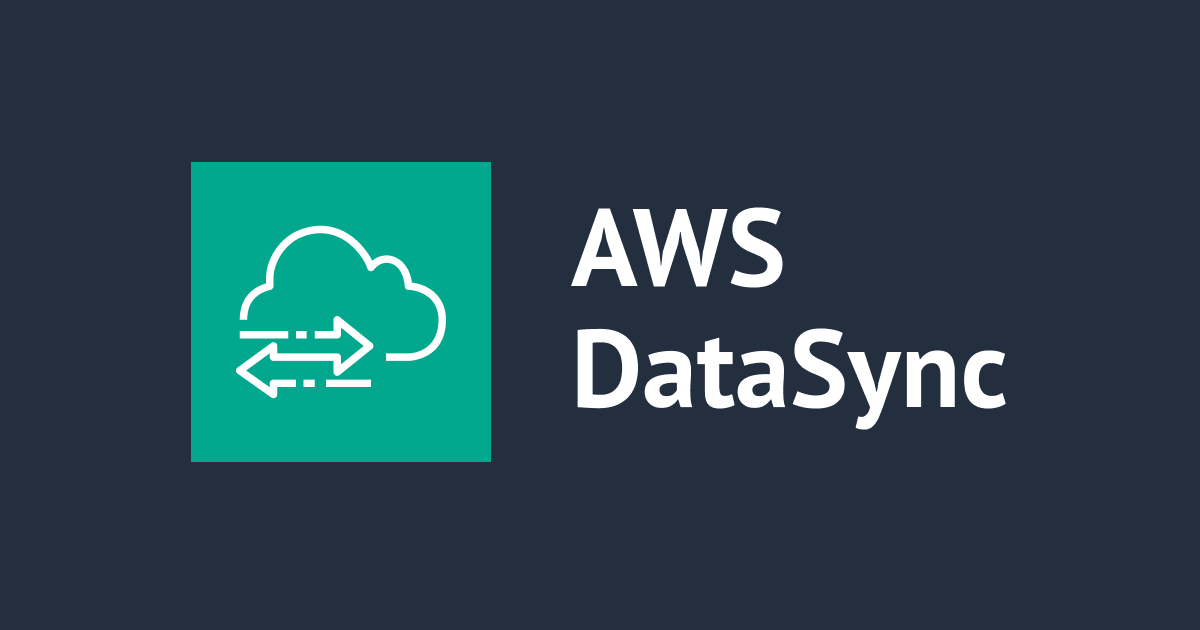![[Report]STG217 : Best practices for selecting the right file system#reinvent](https://devio2023-media.developers.io/wp-content/uploads/2022/11/eyecatch_reinvent2022_session-report.png)
[Report]STG217 : Best practices for selecting the right file system#reinvent
Session Overview
This is a Chalk Talk about "Best practices for selecting the right file system".
File-based data is seeing exponential growth across industries and verticals. How do you choose a cloud file service to fit your workload? Many companies face the challenge of storing petabytes of unstructured file data like video and medical images, web and rich media content, or user directories. This chalk talk can help you better understand capabilities across Amazon EFS and the Amazon FSx portfolio of file services. Walk away with best practices and customer examples to help you extend and migrate to the cloud without adding complexity or cost.
Speakers
200 - Intermediate
Session type
Chalk Talk
Report
This chalk talk is about understanding the file services (Amazon EFS and Amazon FSx) and selecting the right file system based on the use case. The image below shows the broad spectrum of File workloads from Storage & IT admins to data scientists.

Amazon EFS
Amazon EFS is a serverless elastic file system. EFS scales on demand. With EFS, it is easy to share data in cloud-native apps and workflows. It is elastic storage, which does not require the provision of capacity. Amazon EFS is a Pay-as-you-go storage with cost optimization.

Amazon FSx
Amazon FSx is a high-performance file systems in the cloud. It provides high performance because it is built on the latest AWS networking and computing technologies. There are four types of FSx file systems :
- NetApp ONTAP - It is built on NetApp’s popular ONTAP file system.
- OpenZFS or Linux-based file server - built on OpenZFS for Linux-based systems.
- Windows File Server - for Windows-based systems.
- Lustre - It is a high-performance file system.

FSx provides the easiest way to build and run NAS(Network-Attached Storage) workloads in the cloud with the capabilities and performance of file systems.

The image below shows the main features of FSx Luster and Amazon File Cache. FSx Luster can accelerate performance, optimize storage and can Seamlessly access data repositories. Whereas Amazon File Cache is an Agile, simplified and high-speed cache on AWS.

File System based on File protocol
File protocol is one of the factors in selecting the right file system. The File system to be used depends on the operating system and File protocol.
Windows-based system (SMB protocol): file systems for Windows-based systems are as follows.
- Amazon FSx for Windows File Server
- Amazon FSx for NetApp ONTAP
Linux-based system (NFS, POSIX protocols): file systems for Linux-based systems are as follows.
- Amazon FSx for NetApp ONTAP
- Amazon FSx for OpenZFS
- Amazon FSx for Luster
- Amazon EFS

File System based on Application needs
The file system to be used also depends on the specific application needs. Here are some of the application needs and the corresponding file systems that can be used for each use case.
- MS SQL - FSx for ONTAP and FSx for Windows can be used for Shared storage of SQL.
- Oracle - FSx for ONTAP can be used for storing Snapshots, FlexClone and SnapMirror.
- SAS Grid - FSx for Luster for high throughput performance.
- SAP - FSx for ONTAP for high-performance shared storage, Snapshot, SnapMirror and FlexClones.
- VMware - Fsx for ONTAP to scale storage independently of compute, SnapMirror and FlexClone.

Summary
This session was helpful in understanding the various file systems and how to select the right file system based on the use case.
Reference :








